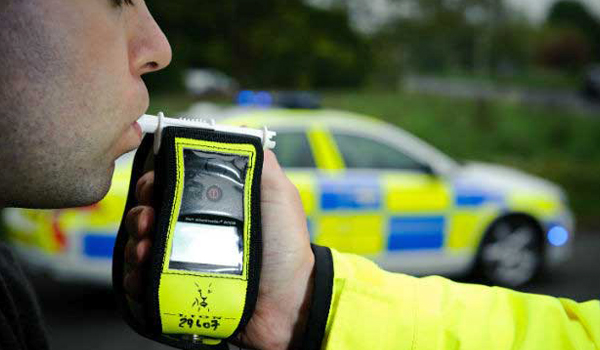Drink-drive deaths highest since 2009
An estimated 300 people were killed in collisions involving at least one driver or rider over the drink-drive limit in 2022, according to latest Department for Transport (DfT) figures.
This is an increase of 15 per cent on the previous year and the highest annual total since 2009.
The overall number of casualties was also up slightly – to 6,800 compared with 6,740 in 2021.
The DfT says number of reported drink-drive collisions and casualties involved in them are “likely to have been impacted by the Covid-19 pandemic in recent years”, with increases in 2022 following reductions in 2020 and 2021.
“Drink drive casualties have been steadily declining since these figures were first published in 1979,” said Hunter Abbott, managing director of personal breathalyser firm AlcoSense.
“But there’s been a shocking increase in fatalities over the past two years. In 2021, there were 260 deaths – which in turn was 40 more than in 2020.
“Some studies show that people who drink above government guidelines have been drinking more heavily since the pandemic, which may explain the increase in collisions where alcohol is a factor.
“Further, these figures only record accidents where a driver was actually over the legal limit, which in England and Wales is the highest in Europe.
“What they don’t tell you is how many more casualties were caused by ‘lethal but legal’ drivers – those who were under the official limit but still impaired.”
Analysis by AlcoSense of the new data shows that London and the South East accounted for 30 per cent of all drink-drive casualties in Great Britain, with the North-East recording the fewest three per cent).
June and July were the worst months for drink-related injuries on the roads, with 630 casualties in each month.
Just 37 per cent of motorists involved in a collision were breathalysed, compared with 53 per cent ten years previously.
“More drivers need to be tested by police after an accident,” adds Mr Abbott, who is also a member of the Parliamentary Advisory Council for Transport Safety (PACTS).
“Every year 17 per cent of motorists fail the test or refuse to provide a sample.”
IAM RoadSmart Policy and Public Affairs manager William Porter said: “It is deeply concerning that drink-drive-related fatalities are at their highest level since 2009 and worryingly show a dangerous upward trend for the second year running.
“IAM RoadSmart research shows motorists consider drink-driving to be the highest enforcement priority for traffic police, with 45 per cent of motorists considering it to be the top issue in our 2023 safety culture report.
“We strongly support the increase in frequency of random roadside breathalyser testing and additional resources for police forces to enable them to carry this out.
“Alongside this, more drink-drive rehabilitation courses will be a key part of tackling this issue, given the evidence that shows that those undertaking such courses are two-and-a-half times less likely to reoffend.
“Finally, the UK Government should give serious consideration to reviewing and reducing the drink-drive limit in England and Wales.”


